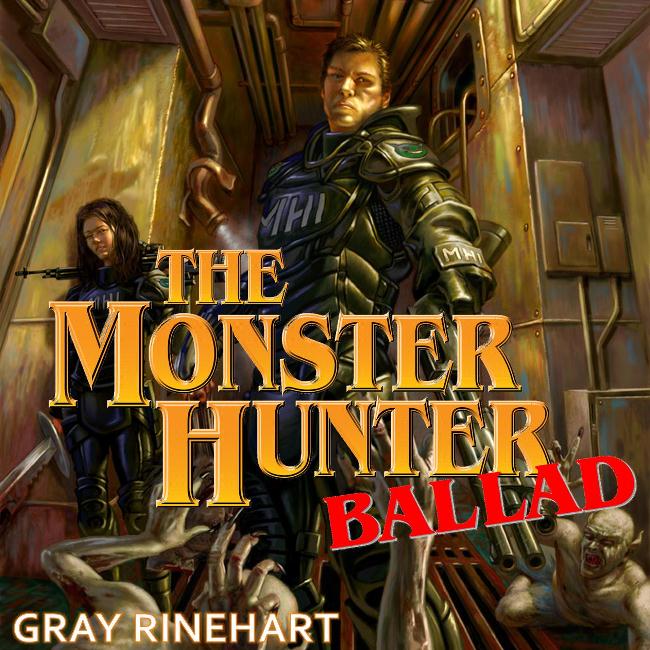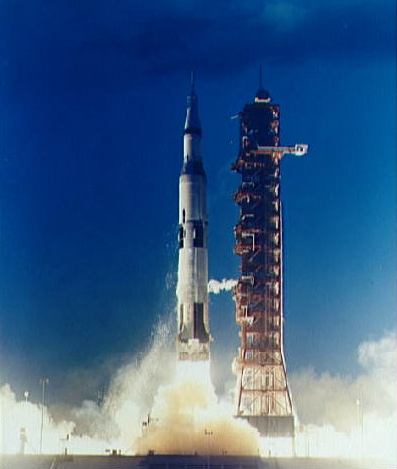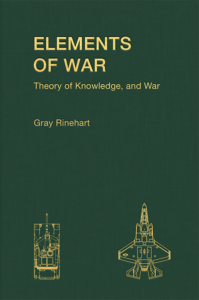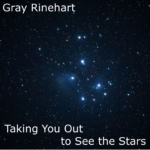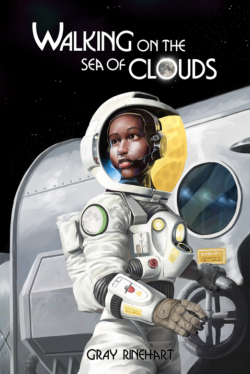Twenty years ago today — December 2, 1992 — the Space Shuttle Discovery launched from the Kennedy Space Center carrying … something.

(STS-53 crew. NASA image.)
STS-53 was the last classified Department of Defense mission for the shuttle fleet. Astronauts David M. Walker, Robert D. Cabana, Guion Bluford, Jr., James S. Voss, and Michael R. Clifford deployed the payload and conducted a series of experiments.
The names of the secondary payloads and the experiments on this mission are interesting — particularly the last three:
- Orbital Debris Radar Calibration Spheres (ODERACS)
- Shuttle Glow Experiment/Cryogenic Heat Pipe Experiment (GCP)
- Microcapsules in Space (MIS-l)
- Space Tissue Loss (STL)
- Visual Function Tester (VFT-2)
- Cosmic Radiation Effects and Activation Monitor (CREAM)
- Radiation Monitoring Equipment (RME-III)
- Fluid Acquisition and Resupply Experiment (FARE)
- Hand-held, Earth-oriented, Real-time, Cooperative, User-friendly, Location-targeting and Environmental System (HERCULES)
- Battlefield Laser Acquisition Sensor Test (BLAST)
- Cloud Logic to Optimize Use of Defense Systems (CLOUDS)
After a week in space, the shuttle landed at Edwards AFB because of cloud cover at Kennedy.






